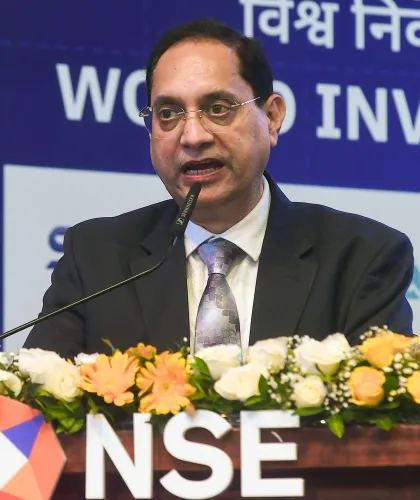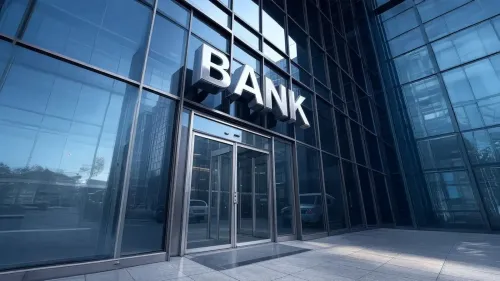Will India's Organised Gold Loan Market Reach Rs 15 Lakh Crore in FY26?

Synopsis
Key Takeaways
- India's gold loan market is set to reach Rs 15 lakh crore in FY26.
- Projected growth to Rs 18 lakh crore by FY27.
- NBFC gold loan AUM expected to rise 30-35% in FY2026.
- Banks dominate the market with 82% share.
- Operational efficiency crucial for NBFCs to combat competition.
New Delhi, Oct 8 (NationPress) The organised gold loan sector in India is projected to hit Rs 15 trillion (Rs 15 lakh crore) during the ongoing financial year (FY26), marking a year ahead of previous estimates, according to a report released on Wednesday.
Moreover, the market is expected to grow further to Rs 18 trillion (Rs 18 lakh crore) by FY27, spurred by increasing gold prices, as stated in the report from credit ratings agency ICRA.
A.M. Karthik, senior vice president and co-group head of financial sector ratings at ICRA Limited, noted that the deceleration in the growth of unsecured loans has also played a role in boosting the gold-loan assets managed by NBFCs.
The report anticipates that the gold loan asset under management (AUM) for NBFCs will increase by 30-35 percent in FY2026, aided by a diversification of players entering this market and a substantial estimated free gold reserve within the country.
Gold loans have seen a compounded annual growth rate (CAGR) of approximately 26 percent during FY2024-FY2025, totaling Rs 11.8 trillion as of March 2025, with banks exhibiting a marginally higher growth rate compared to NBFCs.
Banks continue to dominate, holding 82 percent of the overall market share in gold loans, while NBFCs account for the remaining portion, according to ICRA.
The surge in gold loans has primarily been driven by agricultural financing and other loans secured by gold jewellery, which banks have extended. However, growth in this area slowed considerably in FY2025 as banks implemented stricter eligibility criteria and reclassified some loans under the retail or personal categories, according to the ratings agency.
“NBFCs concentrating on gold loans maintain a strong lending spread, backed by improved operational efficiencies and moderate credit losses, which support their net earnings. Nevertheless, competitive pressures are increasing, with new entrants and banks expanding in this sector, leading to potential yield challenges for market players,” Karthik elaborated.
Thus, the ongoing enhancement of operational efficiencies will be vital for these players to create adequate buffers against such yield pressures.









